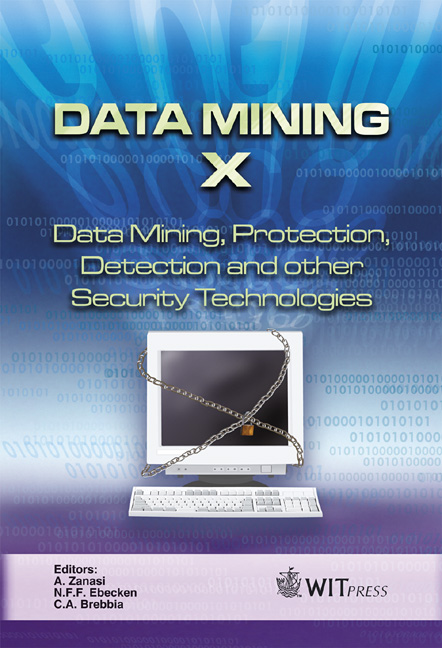Text Mining On A Grid Environment
Price
Free (open access)
Volume
42
Pages
9
Page Range
13 - 21
Published
2009
Size
552 kb
Paper DOI
10.2495/DATA090021
Copyright
WIT Press
Author(s)
V. G. Roncero, M. C. A. Costa & N. F. F. Ebecken
Abstract
The enormous amount of information stored in unstructured texts cannot simply be used for further processing by computers, which typically handle text as simple sequences of character strings. Text mining is the process of extracting interesting information and knowledge from unstructured text. One key difficulty with text classification learning algorithms is that they require many hand-labeled documents to learn accurately. In the text mining pattern discovery phase, the text classification step aims to automatically attribute one or more pre-defined classes to text documents. In this research, we propose to use an algorithm for learning from labeled and unlabeled documents based on the combination of Expectation-Maximization (EM) and a naïve Bayes classifier on a grid environment, this combination is based on a mixture of multinomials, which is commonly used in text classification. Naïve Bayes is a probabilistic approach to inductive learning. It estimates the a posteriori probability that a document belongs to a class given the observed feature values of the document, assuming independence of the features. The class with the maximum a posteriori probability is assigned to the document. EM is a class of iterative algorithms for maximum likelihood or maximum a posteriori estimation in problems with unlabeled data. The grid environment is a geographically distributed computation infrastructure composed of a set of heterogeneous resources. Text classification mining methods are time-consuming, but using the grid infrastructure can bring significant benefits in the learning and classification process. Keywords: grid computing, text classification, Expectation-Maximization, naïve Bayes.
Keywords
grid computing, text classification, Expectation-Maximization, naïve Bayes.





